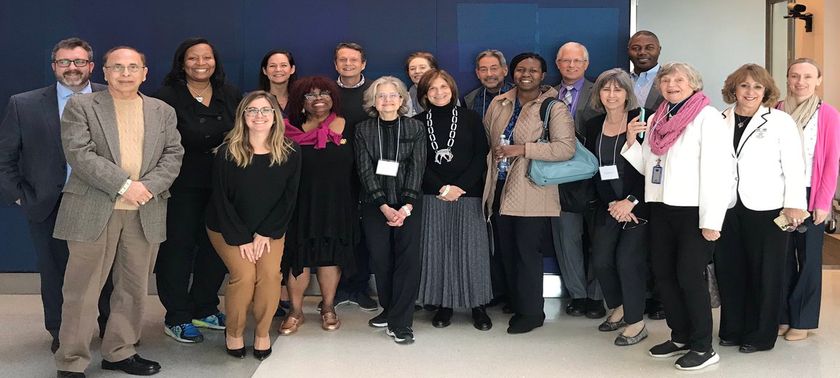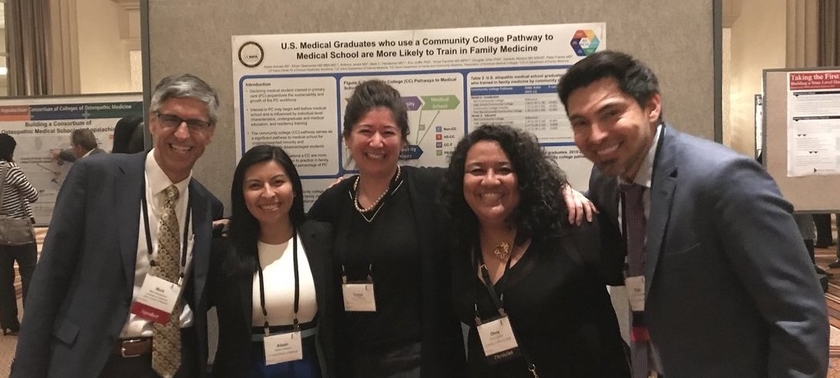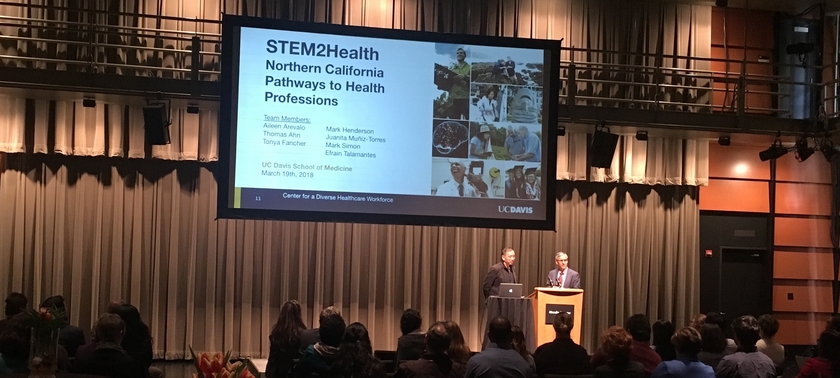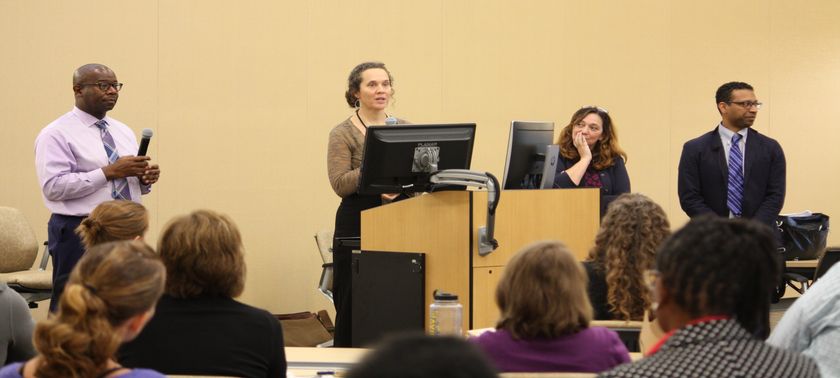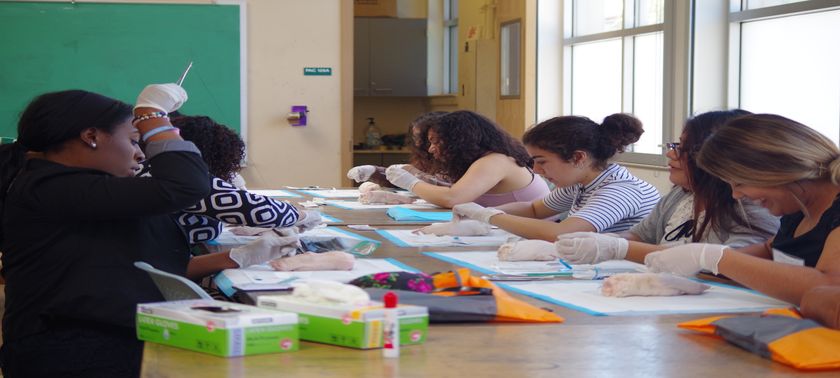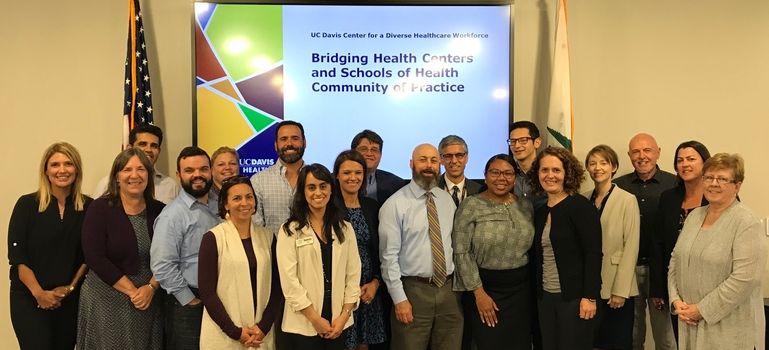Center for a Diverse Healthcare Workforce
We are excited to welcome you to the Center for a Diverse Healthcare Workforce at the University of California, Davis School of Medicine. Our mission is to lead research focused on recruiting, training, and retaining a diverse healthcare workforce to advance health equity. Our amazing team of faculty, staff and students are conducting research to enhance diversity in the healthcare workforce and its impact on patients, communities and populations.
In collaboration with the Health Resources and Services Administration, our partners include educational institutions and community organizations committed to advancing health equity. Through these partnerships, we learn more about the healthcare workforce needs unique to underserved communities and in return we provide our partners with the research expertise to enhance the diversity of their healthcare workforce.
Meet Our Director
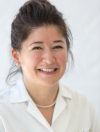
Tonya L. Fancher, MD, MPH
Director, Center for a Diverse Healthcare Workforce
Associate Dean, Workforce Innovation and Community Engagement
Interim Associate Dean, Student and Resident Diversity
Our Center's Director, Dr. Tonya Fancher, shares the importance of identifying the differences between equity and equality.
"Equity is creating an opportunity for all patients to get great care. And so some of that is access but a lot of it is having patients come – that they come to the doctor, that they make choices for themselves that are based on good information and as much support as they can get and that fits with their values. I think that that’s equity."
Featured Video
"Inclusion is like a culture. It’s a culture of feeling that you get in an environment where you know that people are interested in you and value your contribution to the group. It creates a sense of being willing to be honest and sincere and share aspects of yourself or of your perspective that you may not otherwise feel compelled to share."
One of our Center's researchers, Dr. Piri Ackerman-Barger talks about inclusion and the significance of creating inclusive environments.
This project is supported by the Health Resources and Services Administration (HRSA) of the U.S. Department of Health and Human Services (HHS) as part of an award totaling $3,791,026 with 0 percent financed with non-governmental sources. The contents are those of the author(s) and do not necessarily represent the official views of, nor an endorsement, by HRSA, HHS, or the U.S. Government. For more information, please visit HRSA.gov.



